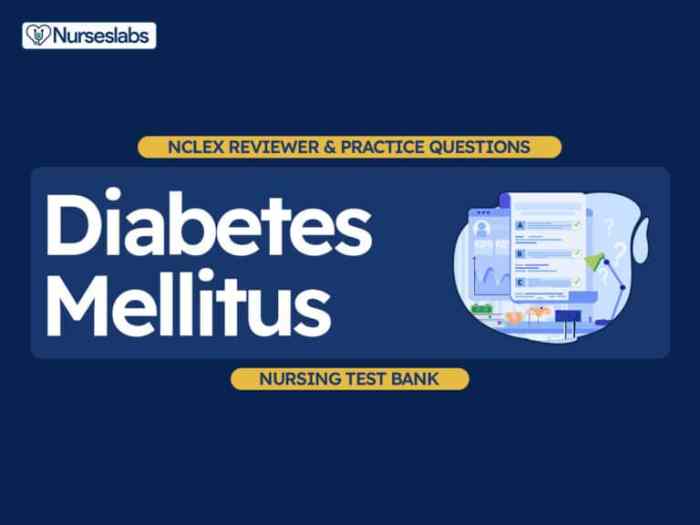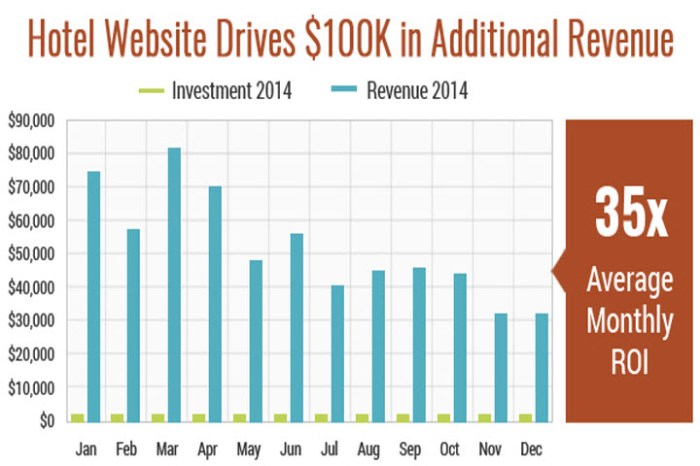Hesi case studies gestational diabetes – Gestational diabetes, a condition that affects pregnant women, is a complex and multifaceted topic that warrants careful examination. This article delves into HESI case studies on gestational diabetes, providing a comprehensive overview of its prevalence, risk factors, impact on maternal and fetal outcomes, management strategies, and monitoring protocols.
Through engaging case studies, we explore the challenges and decision-making processes involved in managing this condition, highlighting key learning points and best practices.
Gestational Diabetes: Overview

Gestational diabetes is a type of diabetes that develops during pregnancy. It is a condition in which the body cannot make enough insulin to meet the increased demand for glucose during pregnancy. Gestational diabetes affects approximately 2-10% of pregnant women, making it a common pregnancy complication.
Risk factors for gestational diabetes include obesity, family history of diabetes, previous history of gestational diabetes, and certain ethnicities. The pathophysiology of gestational diabetes involves a combination of factors, including increased insulin resistance, decreased insulin production, and placental hormones that antagonize insulin action.
Gestational diabetes is typically diagnosed through a screening test between 24 and 28 weeks of gestation. The screening test involves measuring glucose levels after a 50-gram glucose challenge. If the screening test is positive, a diagnostic test, such as a 100-gram oral glucose tolerance test, is performed to confirm the diagnosis.
Impact of Gestational Diabetes on Maternal and Fetal Outcomes

Gestational diabetes can have significant implications for both the mother and the fetus. Maternal complications of gestational diabetes include pre-eclampsia, gestational hypertension, premature birth, and increased risk of cesarean delivery.
Fetal complications of gestational diabetes include macrosomia, hypoglycemia, and respiratory distress syndrome. Long-term health implications for both the mother and the child include an increased risk of developing type 2 diabetes, cardiovascular disease, and obesity.
Management of Gestational Diabetes

| Lifestyle Modifications | Pharmacological Interventions |
|---|---|
| Diet | Insulin |
| Exercise | Oral medications (e.g., metformin, glyburide) |
| Glucose monitoring |
Lifestyle modifications are the cornerstone of gestational diabetes management. Diet, exercise, and glucose monitoring play a crucial role in controlling blood glucose levels. In some cases, pharmacological interventions, such as insulin or oral medications, may be necessary to achieve adequate glycemic control.
Monitoring and Follow-Up of Gestational Diabetes

Women with gestational diabetes require frequent blood glucose monitoring to ensure that their blood sugar levels are within target range. This may involve using a blood glucose meter several times a day to check fasting and postprandial glucose levels.
Regular prenatal visits and fetal surveillance are essential for monitoring the health of both the mother and the fetus. Fetal surveillance may include ultrasound examinations to assess fetal growth and amniotic fluid volume.
Postpartum follow-up is recommended for women with gestational diabetes to screen for postpartum diabetes and to provide education on lifestyle modifications to reduce the risk of developing type 2 diabetes in the future.
Case Studies in Gestational Diabetes
Case studies can illustrate the diverse presentations and management of gestational diabetes. They provide insights into the challenges and decision-making involved in caring for women with this condition.
Case studies may include:
- A woman with gestational diabetes who is well-controlled with lifestyle modifications
- A woman with gestational diabetes who requires insulin therapy to manage her blood sugar levels
- A woman with gestational diabetes who experiences complications, such as pre-eclampsia or premature birth
Case studies can highlight the importance of individualized care and the need for close monitoring and collaboration between the patient and healthcare team.
Quick FAQs: Hesi Case Studies Gestational Diabetes
What is the prevalence of gestational diabetes?
Gestational diabetes affects approximately 2-10% of pregnancies worldwide.
What are the common risk factors for gestational diabetes?
Risk factors include obesity, family history of diabetes, advanced maternal age, and certain ethnicities.
How is gestational diabetes diagnosed?
Diagnosis involves a glucose tolerance test, typically performed between 24-28 weeks of pregnancy.
What are the potential complications of gestational diabetes for the mother?
Complications can include preeclampsia, preterm birth, and increased risk of developing type 2 diabetes later in life.
What are the potential complications of gestational diabetes for the fetus?
Complications can include macrosomia, hypoglycemia, and increased risk of childhood obesity.